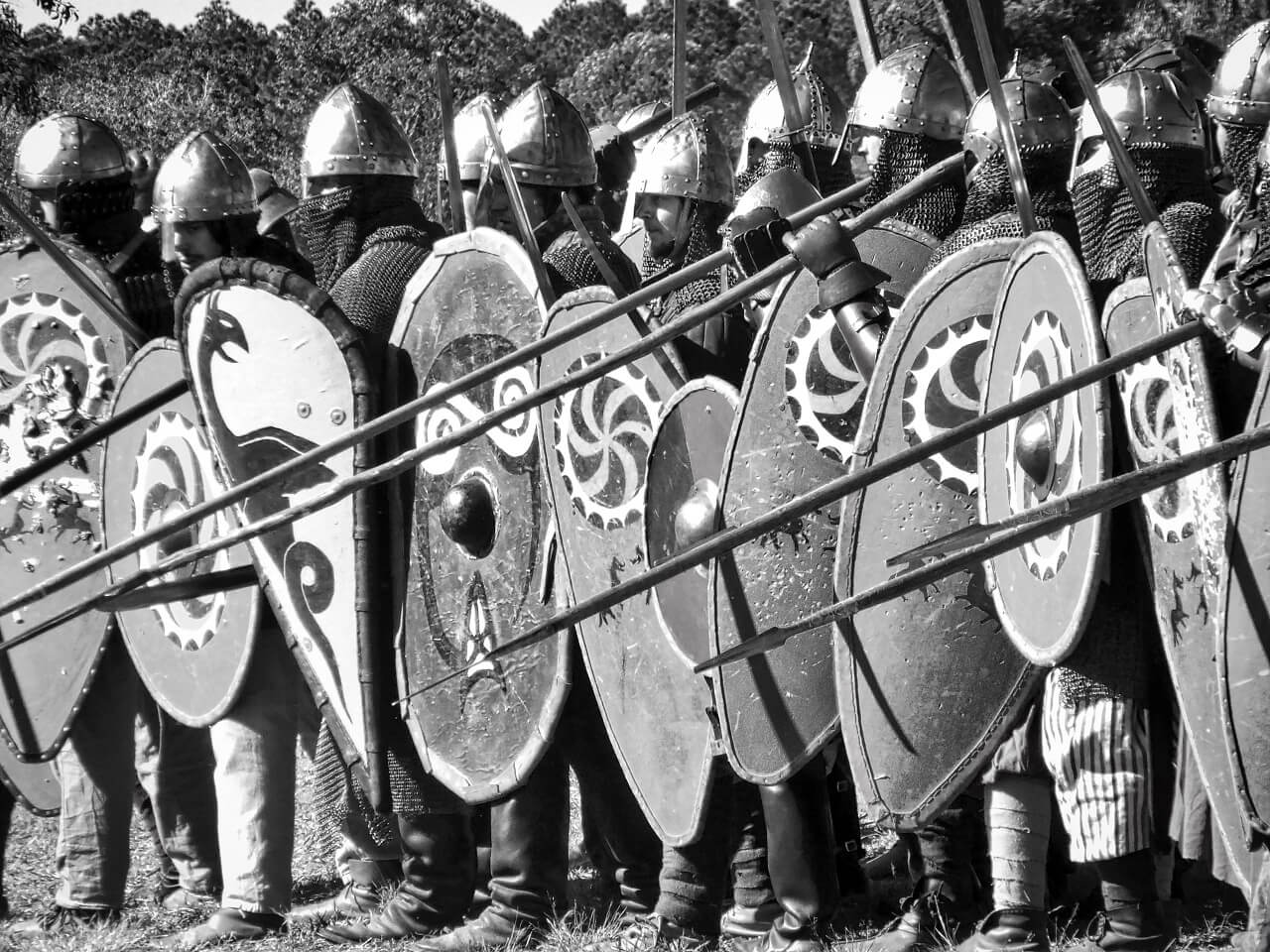|
Getting your Trinity Audio player ready...
|
Those who enjoy geopolitical studies know well that one of the strategies for strengthening the identity of groups, states, and nations is that of creating the enemy. That is, the perception of an enemy strengthens internal cohesion and allows the implementation of measures that under normal conditions would be impractical to propose.
Let’s think, for example, of what is happening now in the world, where Russia is united against the West, America against China, China against foreign powers, the Arab world against Israel, and so on. If we read the political strategies in this way, for example, in the United States, we know well that those who wish to get elected must identify the enemy well, which can be the political opponent or an external threat, and hit the hammer on the nail so that fear of people leads them to vote for the “savior.”
Umberto Eco speaks from Italy about the construction of the enemy in one of his essays, in which, among other things, he states:
One of the misfortunes of our country, in the last sixty years, has been precisely that we have not had real enemies. Having an enemy is important not only to define our identity but also to provide us with an obstacle against which to measure our value system and show our value in facing it. Therefore, when the enemy is not there, it is necessary to build it.
This statement by the illustrious semiologist shows us that having enemies is not as bad as it seems and that, consequently, the risk of wanting to get along with everyone is that you then end up getting along with no one.
The creation of the enemy is a mechanism that I would say is almost natural, “he who is not with me is against me”, said Jesus. And for the Church it has always been clear who the enemy is: the devil, evil, sin. In recent decades, however, the category of evil has been re-introduced as a manifestation not of adverse forces but as the manifestation of fragilities inherent to humanity and which as such must be understood, excused, even encouraged. Today the enemy within the Catholic faith seems to have moved from theology to sociology, psychology, and environmentalism. But this new enemy, which often gets lost in the subtleties, in the Byzantines of academic disputes, is elusive and is in fact the son, or father, of this liquid Church and is diluted in our consciences without sometimes leaving any trace.
Here it is necessary to reunify the Catholic people, to identify a new enemy. For Benedict XVI, it was relativism, which in effect is a form of sin even if it certainly does not encompass them all. In any case it has coherence with the teaching of Catholic doctrine. Under Francis, two enemies have been identified: the external one is the lack of welcome, exploitation, environmental insensitivity, and the internal one is the traditionalists. Obviously it is not said openly that they are enemies, but traditionalism becomes a bogeyman to ward off. In fact, one of the strategies for creating the enemy is to show how it is the antithesis of the values proposed by the “good people.” In the case of Russia the accusation is against the perversion and corruption of the West and so on. Traditionalists are backwards, rigid, ‘ultra’ something. It seems to me that in the past there was also talk of people with mental distress. Like all characterizations, they can also start from glimpses of truth that are dilated to the point of caricature.
Yet in my opinion it has caused an unexpected result, reuniting the traditionalist front and leaving mainstream Catholicism torn apart by independence, tendencies encouraged by generous hermeneutics of the synodal path that we pretend not to see.
This operation was completely counterproductive, precisely because Catholic traditionalism appeared fragmented and its control was guaranteed by the observance of the divide and conquer principle. Today, however, it also happens that the borders that previously allowed everyone to live within their own harmless village are increasingly widening to the point of forming increasingly insidious citadels precisely because they sometimes move in the elusive atmosphere of the virtual world, making the government of a considerable number of faithful, a damned puzzle (at least for him).


